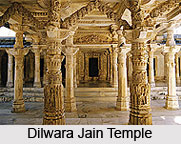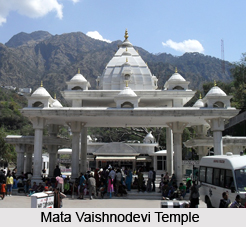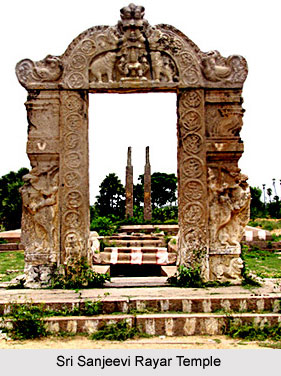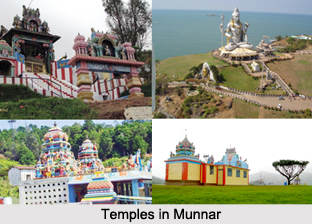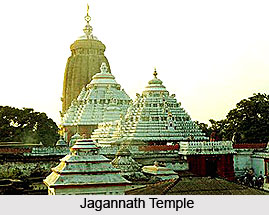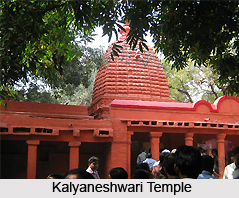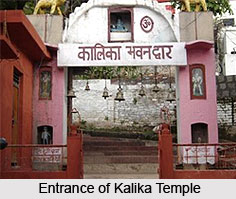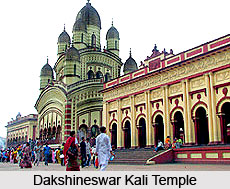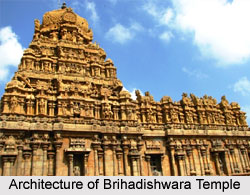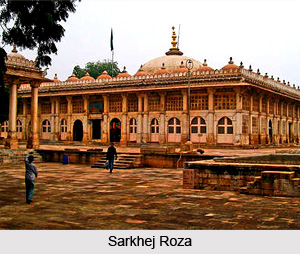 Sarkhej Roza, located in Makraba village of Ahmedabad district in Gujarat, is one of the most esteemed mosques of the state. Le Corbusier, the 20th century architect, had compared the architecture of the mosque with the Acropolis of Athens, which rendered it the name `Ahmedabad`s Acropolis`. Earlier Sarkhej, the ancient village where the mosque stands, was regarded as a significant centre of Sufi culture in India as it served as the home of the prominent Sufi saint Ganj Baksh. It was this saint who had advised Sultan Qutubuddin Ahmed Shah II to establish his capital along the banks of Sabarmati River, at a distance of few miles from Sarkhej. The mosque presents a combination of royal, religious and social ambience and bestows tranquillity and peace on the devotees.
Sarkhej Roza, located in Makraba village of Ahmedabad district in Gujarat, is one of the most esteemed mosques of the state. Le Corbusier, the 20th century architect, had compared the architecture of the mosque with the Acropolis of Athens, which rendered it the name `Ahmedabad`s Acropolis`. Earlier Sarkhej, the ancient village where the mosque stands, was regarded as a significant centre of Sufi culture in India as it served as the home of the prominent Sufi saint Ganj Baksh. It was this saint who had advised Sultan Qutubuddin Ahmed Shah II to establish his capital along the banks of Sabarmati River, at a distance of few miles from Sarkhej. The mosque presents a combination of royal, religious and social ambience and bestows tranquillity and peace on the devotees.
It is believed that the mosque complex is structured with both body and soul, rendering it the qualities of a human being. It boasts its architectural grandeur through intricate stone carvings. The magnificent beauty of the complex is in fact the reflection of the soul of Ganj Baksh, the patron saint of Sarkhej Roza. Two Persian brothers namely Azam and Mu`azzam are credited for the majestic architecture of the mosque. Originally the complex spanned over an area of 72 acres and was bordered by beautiful gardens on all sides. However human settlements arrived in the gardens over time and reduced the overall area to 34 acres.
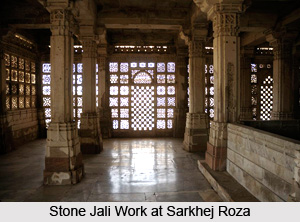 The architecture of Sarkhej Roza showcases a beautiful amalgamation of Hindu and Islamic architectural styles. Islamic genre can be seen in the abundant brackets, pillars and ringed domes whereas much of the motifs and embellishments exhibit Hindu genres. Majority of the buildings are devoid of arches and have pierced stones which confer stability to them. The mosque clearly depicts the early Islamic architectural culture that prevailed in the region and blended with architectural influences of Persian, Jain and Hindu styles constituting Indo-Saracenic architectural style. The mosque was build during the period between 1451 and 1458 by Sultan Qutubuddin Ahmed Shah II in the honour of Ganj Baksh after his demise. However his successor Sultan Mehmud Begada provided the mosque with the present splendour. The building was expanded by him and pleasure palaces were erected. Finishing touches were added to the tank, situated inside the complex, and he also added his own tomb in the mosque. The pavilions, platform, the great tank, palaces and tombs render a royal ambience to the complex while the magnificent courtyard of the mosque forms a religious milieu.
The architecture of Sarkhej Roza showcases a beautiful amalgamation of Hindu and Islamic architectural styles. Islamic genre can be seen in the abundant brackets, pillars and ringed domes whereas much of the motifs and embellishments exhibit Hindu genres. Majority of the buildings are devoid of arches and have pierced stones which confer stability to them. The mosque clearly depicts the early Islamic architectural culture that prevailed in the region and blended with architectural influences of Persian, Jain and Hindu styles constituting Indo-Saracenic architectural style. The mosque was build during the period between 1451 and 1458 by Sultan Qutubuddin Ahmed Shah II in the honour of Ganj Baksh after his demise. However his successor Sultan Mehmud Begada provided the mosque with the present splendour. The building was expanded by him and pleasure palaces were erected. Finishing touches were added to the tank, situated inside the complex, and he also added his own tomb in the mosque. The pavilions, platform, the great tank, palaces and tombs render a royal ambience to the complex while the magnificent courtyard of the mosque forms a religious milieu.












